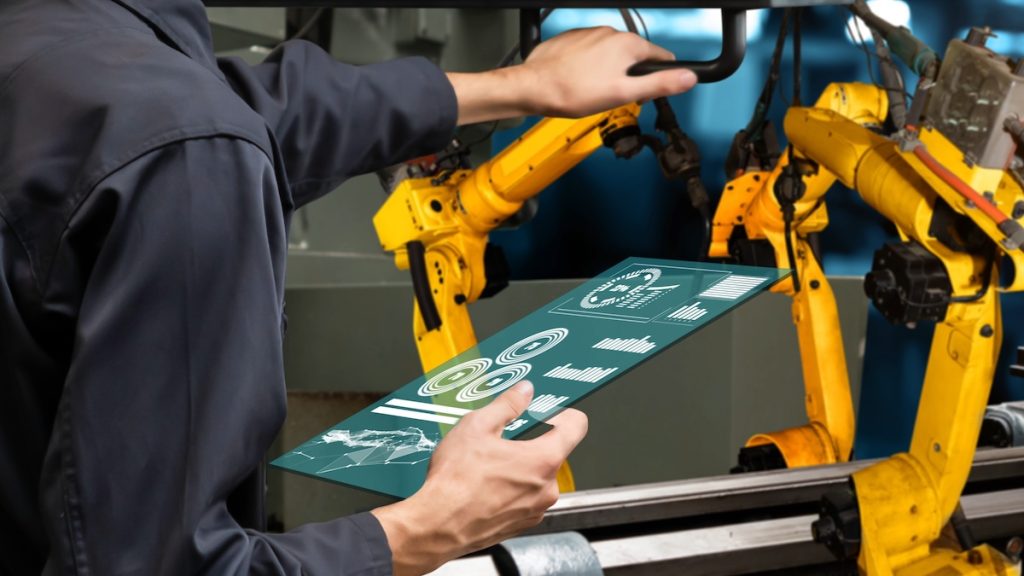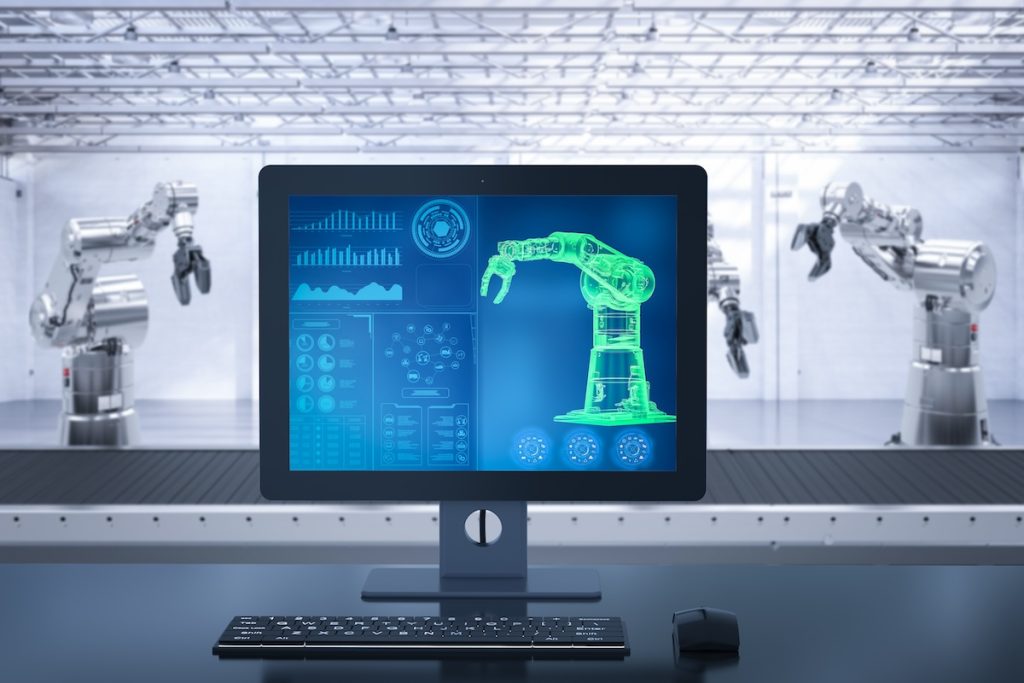Maximizing IIoT Impact with Open Data, AI, and Advanced Analytics: A Comprehensive Guide
The Industrial Internet of Things (IIoT) is revolutionizing industries like manufacturing, energy, and logistics by creating smarter, interconnected systems that elevate productivity and efficiency. With IIoT, machines, systems, and sensors are linked in real time, streamlining industrial automation…

Study Reveals How a Frontline Operations Platform Boosts Manufacturing ROI and Quality
In an era where every minute counts on the production line, manufacturers are turning to digital solutions to streamline operations, reduce errors, and optimize productivity. Tulip commissioned Forrester Consulting to conduct a Total Economic Impact™ (TEI)…

Nidec Drives’ Path to Advanced Manufacturing Efficiency
Driving Innovation and Efficiency: How Nidec Drives Embodies the Future of Advanced ManufacturingFor over five decades, Nidec Drives has been at the forefront of motor control technology, consistently evolving to meet the changing demands of the…

Embracing AI and Low-Code Solutions: Navigating Challenges and Opportunities in Manufacturing
The manufacturing sector is undergoing a significant transformation driven by advancements in artificial intelligence (AI) and low-code technologies. As companies increasingly adopt these innovative tools, they encounter a unique set of challenges and opportunities that shape…

Data Barriers and AI in Manufacturing: Overcoming the Challenges
One of the most significant hurdles in deploying AI in manufacturing is access to the right data. While AI has the potential to transform industrial operations, its effectiveness is often limited by the availability of high-quality…

Navigating the Future of the Internet of Things: Key Insights from the Latest IoTAB Report
The Internet of Things (IoT) is transforming industries by integrating physical and digital systems, offering significant benefits for industrial operations. However, its adoption has not met expectations due to challenges such as interoperability, cybersecurity, and workforce…

The Role of Time Series Databases in Industrial Process Optimization
Industrial process optimization is now a cornerstone of operational success across manufacturing, energy, and various other industrial sectors. In today’s data-driven world, the efficiency, quality, and sustainability of industrial operations depend heavily on real-time insights derived…

Transforming Manufacturing with Real-Time Data Management and Low-Code Solutions
At Operations Calling 2024, Ravi Subramanyan, Director of Industry Solutions Manufacturing at HiveMQ, highlights the transformative role of the unified namespace (UNS) in enabling real-time data management for manufacturers. Ravi explains that many industrial environments still struggle with fragmented data, as…

Digital Transformation in Manufacturing: A Step-by-Step Approach to Success
The manufacturing industry is abuzz with talk of digital transformation, but many companies are struggling to make it work. Some are just starting out, while others have attempted transformations that haven’t quite delivered the desired results.…

Embracing Change in Manufacturing: Insights from Operations Calling 2024
The manufacturing landscape constantly evolves, driven by technological advancements and the pressing need for operational efficiency. At the recent Operations Calling event, industry leaders gathered to explore the importance of innovation, collaboration, and experiential learning in…


